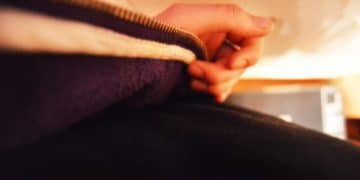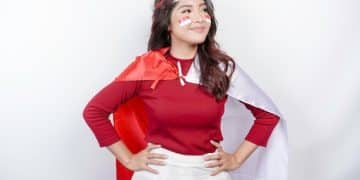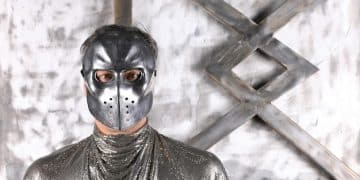Cosplay Pattern Drafting: A Beginner’s Guide to Custom Costumes
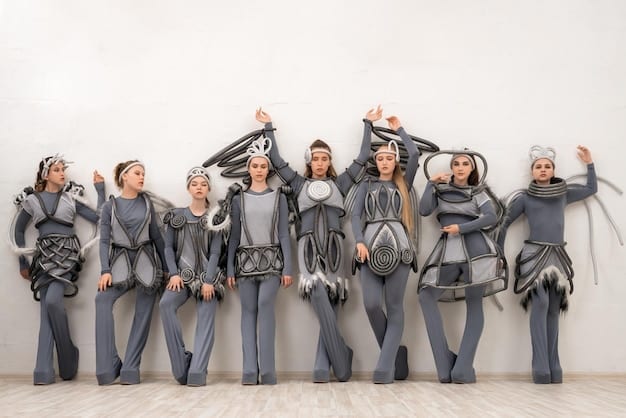
Cosplay pattern drafting for beginners involves creating custom-fit costumes by learning the fundamentals of measurement, basic pattern shapes, and adaptation techniques, ensuring a unique and personalized cosplay experience.
Embarking on the world of cosplay is an exciting journey, especially when you decide to create your own costumes. Cosplay pattern drafting for beginners might seem daunting, but with the right guidance, you can craft custom-fit costumes that truly reflect your character and personal style.
Why Learn Cosplay Pattern Drafting?
Pattern drafting is the foundation of garment construction. While commercial patterns offer a starting point, they often require alterations to fit properly. Learning to draft your own patterns allows for a completely custom fit, making your cosplay costumes more comfortable and visually appealing. It also opens up a world of creative possibilities, enabling you to design unique and intricate costumes that are not available commercially.
Understanding pattern drafting empowers you to translate your character’s design into a wearable creation. This skill allows for precise replication of complex designs and intricate details, leading to a more authentic and impressive cosplay.
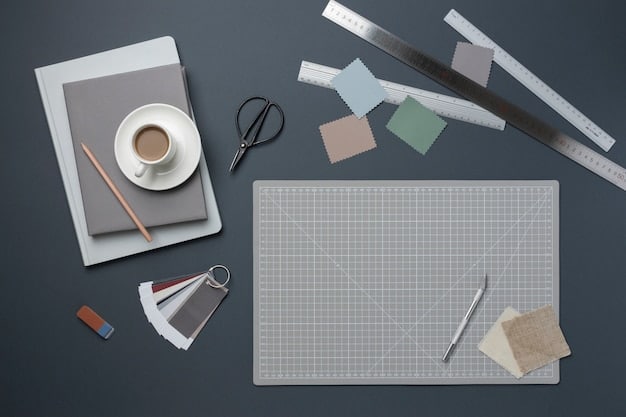
Essential Tools for Cosplay Pattern Drafting
Before you start drafting, gather the necessary tools. These tools will help you create accurate and precise patterns, ensuring a well-fitted costume.
Basic Drafting Tools
- Measuring Tape: A flexible measuring tape is crucial for taking accurate body measurements.
- Pattern Paper: Use large sheets of lightweight paper specifically designed for pattern making.
- Pencils: Mechanical pencils or fine-tipped drawing pencils are ideal for precise lines.
- Rulers: A clear ruler and a long straight edge are essential for drawing straight lines and measuring accurately.
Specialty Tools
- French Curve: A French curve helps you create smooth, curved lines for necklines, armholes, and other curved areas.
- Hip Curve: Similar to a French curve but designed for shaping the hip and waist areas.
- Tailor’s Square: A tailor’s square (also known as a L-square) assists in drawing right angles and parallel lines.
- Tracing Wheel: Used with tracing paper to transfer pattern markings onto fabric.
Having these tools readily available ensures a smooth and efficient pattern drafting process. Invest in quality tools to achieve professional-looking results.
Taking Accurate Body Measurements for Cosplay
Accurate body measurements are the cornerstone of custom-fit cosplay costumes. Precise measurements ensure that your patterns fit correctly, eliminating the need for extensive alterations later.
Essential Measurements
- Bust: Measure around the fullest part of your bust, keeping the tape measure level.
- Waist: Measure around your natural waistline, which is usually the narrowest part of your torso.
- Hips: Measure around the fullest part of your hips, keeping the tape measure level.
- Shoulder Width: Measure from the edge of one shoulder to the other, across your back.
Additional Measurements
- Back Waist Length: Measure from the prominent bone at the base of your neck down to your natural waistline.
- Sleeve Length: Measure from the shoulder point down to your wrist with a slightly bent arm.
- Skirt Length: Measure from your natural waistline down to the desired hem length.
When taking measurements, wear the type of undergarments you plan to wear with your costume. Stand straight but relaxed, and have someone else take the measurements for the most accurate results. Record all measurements carefully in a notebook or spreadsheet for easy reference.
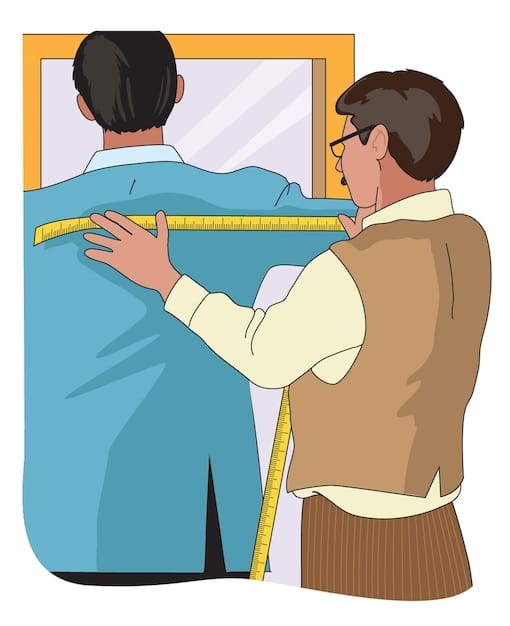
Understanding Basic Pattern Shapes for Cosplay Designs
Pattern drafting often involves manipulating basic shapes to create more complex designs. Understanding these fundamental shapes is crucial for creating a wide variety of cosplay costumes.
The Bodice Block
The bodice block is the foundation for many upper-body garments. It consists of a front and back piece that fit snugly around the torso. The bodice block can be adapted to create various necklines, sleeve styles, and closures.
The Sleeve Block
The sleeve block is a basic sleeve shape that can be modified to create different sleeve lengths and styles, such as set-in sleeves, raglan sleeves, and puffed sleeves. Understanding how to manipulate the sleeve block allows for endless design possibilities.
The Skirt Block
The skirt block is a simple skirt shape that can be adapted to create different skirt styles, such as A-line skirts, pencil skirts, and flared skirts. By adjusting the shape and adding fullness, you can create a wide range of skirt silhouettes.
These basic pattern shapes serve as a starting point for more complex designs. By mastering the manipulation of these shapes, you can bring your cosplay visions to life.
Adapting Existing Patterns for Unique Cosplay Looks
While drafting patterns from scratch is a valuable skill, adapting existing patterns is often a more efficient way to create cosplay costumes. This approach involves using commercial patterns as a base and modifying them to match the specific design of your character.
Modifying Necklines
Changing the neckline of a pattern can significantly alter the look of a garment. To create a different neckline, trace the original pattern and redraw the neckline to the desired shape. Be sure to adjust the facing or lining to match the new neckline.
Adjusting Sleeve Styles
Sleeves can be easily adapted to create various styles, such as puffed sleeves, bell sleeves, or bishop sleeves. Adding fullness to the sleeve cap or extending the length of the sleeve can create dramatic effects. Experiment with different sleeve shapes to achieve the desired look.
Adding Details and Embellishments
Details and embellishments can elevate a simple pattern into a stunning cosplay costume. Add ruffles, pleats, or gathers to create texture and volume. Incorporate trims, appliques, or embroidery to enhance the visual appeal. These small touches can make a big difference in the overall look of your costume.
Adapting existing patterns allows for creative experimentation and customization. By mastering these techniques, you can transform basic patterns into unique and eye-catching cosplay designs.
Tips for Achieving a Perfect Fit in Your Cosplay Costume
Achieving a perfect fit is essential for a comfortable and visually appealing cosplay costume. Here are some tips to help you create costumes that fit flawlessly.
Muslin Mock-Ups
Before cutting into your final fabric, create a muslin mock-up of your pattern. A muslin mock-up is a test garment made from inexpensive fabric that allows you to check the fit and make any necessary adjustments. Pin the mock-up together and try it on to identify areas that need tweaking.
Grading Between Sizes
If your measurements fall between sizes on a pattern, grade the pattern to create a custom fit. Grading involves blending the lines between sizes to accommodate your unique measurements. For example, if your bust measurement corresponds to a size 10 but your waist measurement corresponds to a size 8, grade the pattern between these two sizes to achieve a perfect fit.
Final Adjustments
After fitting the muslin mock-up, transfer any adjustments to your final pattern. Make sure to smooth out any lines and double-check your measurements. Cut and sew your final garment, and try it on to ensure that the fit is perfect. Make any final adjustments as needed.
By following these tips, you can achieve a perfect fit in your cosplay costume, ensuring that you look and feel your best while embodying your favorite characters.
| Key Point | Brief Description |
|---|---|
| 📏 Accurate Measurements | Ensures a perfect fit for custom costumes. |
| 📐 Basic Pattern Shapes | Understanding bodice, sleeve, and skirt blocks. |
| ✂️ Pattern Adaptation | Modifying existing patterns for unique designs. |
| 🧵 Muslin Mock-Ups | Test garments for fitting and adjustments. |
FAQ
▼
You’ll need a measuring tape, pattern paper, pencils, rulers, French curve, hip curve, tailor’s square, and tracing wheel to create accurate patterns for your cosplay.
▼
Measure bust, waist, hips, shoulder width, back waist length, and sleeve length. Wear the undergarments you plan to wear with the costume, and have someone else take measurements.
▼
The bodice block, sleeve block, and skirt block are fundamental shapes. These are adapted to create various styles and designs for cosplay costumes.
▼
Modify necklines, adjust sleeve styles, and add details and embellishments. Use commercial patterns as a base and customize them to match the design of your character.
▼
Create muslin mock-ups to check the fit and make adjustments. Grade between sizes, if needed, and make final adjustments after fitting to ensure a perfect fit.
Conclusion
Cosplay pattern drafting is a rewarding skill that allows you to create custom-fit costumes that truly reflect your character and personal style. By mastering the fundamentals of measurement, basic pattern shapes, and adaptation techniques, you can bring your cosplay visions to life with confidence and creativity.

